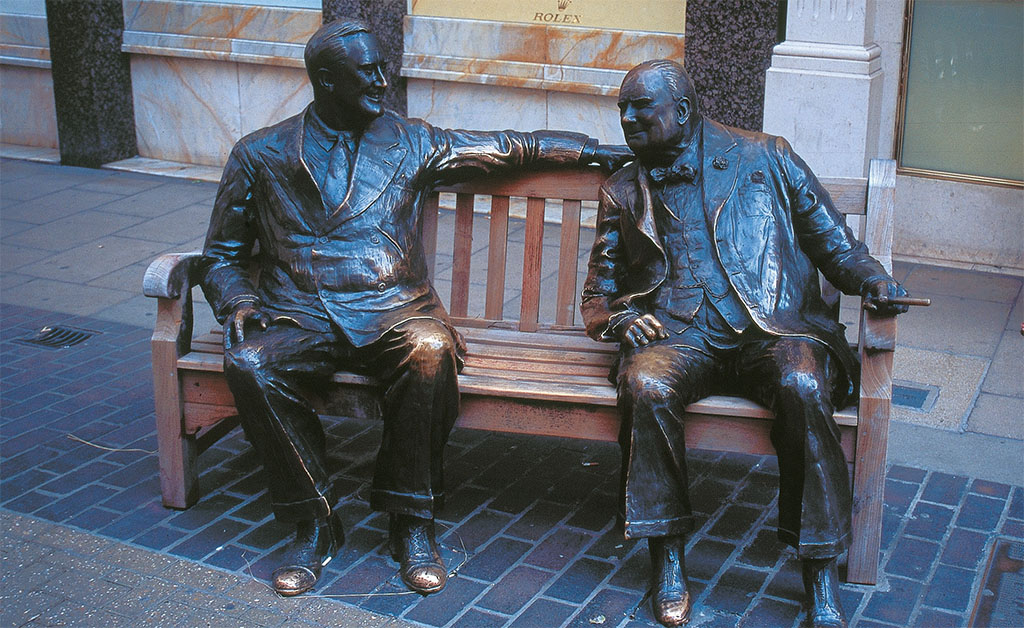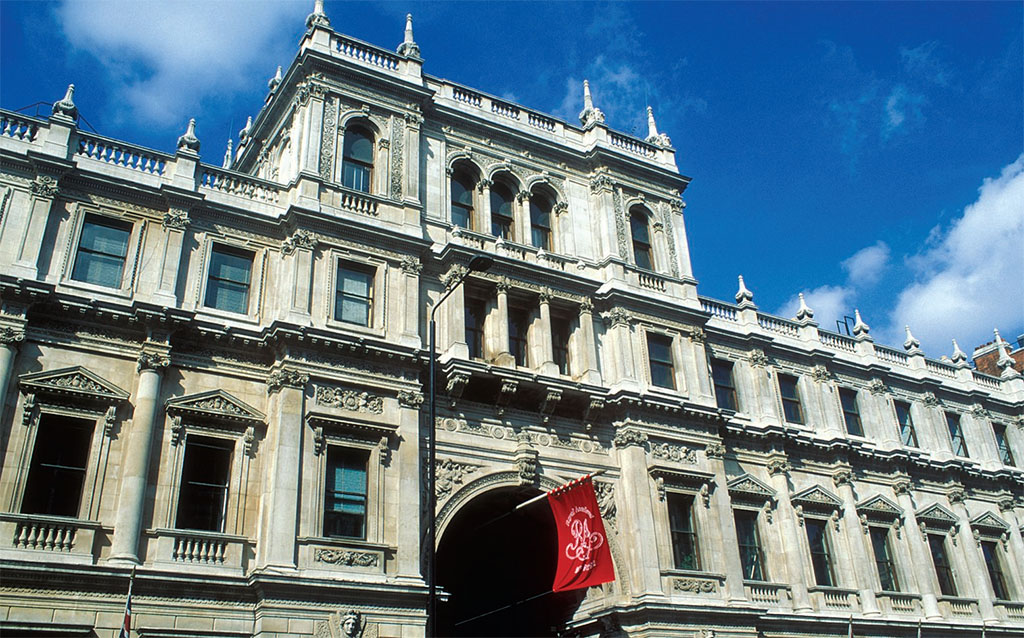
On the Razzle in Mayfair
[caption id="StreetlightsofLondon_img1" align="aligncenter" width="69"]

I BELIEVE THE PARALLELOGRAM BETWEEN Oxford Street, Piccadilly, Regent Street and Hyde Park encloses more intelligence and human ability, to say nothing of wealth and beauty, than the world has ever collected in such a space before.
—Sydney Smith
As every Londoner knows, London is a city of villages. From Notting Hill to Islington, Clapham to Camden Town, every borough and neighborhood in London has a distinct identity in its history, architecture, ambiance and attractions. In the center of central London, within the Circle Line, sits the neighborhood whose history, architecture and ambiance are the very upper crustiest of the West End’s colorful districts: Mayfair.
On the north, Mayfair is bounded by the bustling shopping boulevard of Oxford Street; to the south lie Piccadilly and Green Park. In the east, Regent Street separates posh Mayfair from the rather more rakish neighborhood of Soho, while to the west, Hyde Park lies across Park Lane.
Mayfair was not always the “old money” enclave of the London metropolis. Back in medieval times, the area was a rural suburb, several miles west of the packed, pulsing square mile of the old Roman city. For centuries, crowds of the fashionable and great unwashed alike would flock to Tyburn in Mayfair’s northwest corner to witness the periodic public executions.
If the city remained defined by the old Roman city walls, however, London simply outgrew it, sprawling in all directions through the late 17th and 18th centuries. The development of Mayfair began in the 1660s as affluent and aristocratic Londoners sought to escape the crowded, dirty streets of the old city and the Strand. Mayfair’s proximity to St. James’s Palace assured its popularity among those with social rank and wealth.
[caption id="StreetlightsofLondon_img2" align="aligncenter" width="1024"]

BLUE MARBLE MAPS, LLC
The neighborhood takes its name from the May Fair held there annually until the new, fashionable residents complained. Tucked away between Curzon Street and Piccadilly, the heart of “old” Mayfair is Shepherds Market, where it all began. A signboard on Shepherds Tavern tells the tale:
On the first day of May 1688 began the life of the May Fair which ran for 15 days each year thereafter until the rowdy and disreputable behavior of its habitués caused it to be closed down….The first permanent structure to be erected on the site of the May Fair was a two-story market dwelling with a butcher shop below and a Great Room above which was used as a theatre during the first two weeks of May. The architect of the shop, one Edward Shepherd, lent his name not only to the Shepherd’s Market, but also to the tavern which was built in 1735 at #50 Hertford Street.
Today, Shepherds Market is just one of the nooks and crannies of Mayfair—a pedestrianized warren of courtyards full of pubs, outdoor cafes and odd shops. Plane trees dotting the neighborhood offer greenery that smoothes and softens the rough edges of the city.
While open fields pocked Mayfair until the beginning of the 18th century, within a generation the fields disappeared beneath neat Georgian residential squares and their connecting streets. The first square to be laid out for building was Hanover Square, started in 1717 and named after the new king, George I, Elector of Hanover. For generations, the Mayfair parish church of the posh has been St. George’s Church, Hanover Square. Percy Bysshe Shelley, George Eliot and Theodore Roosevelt were all married here. Just as famously, when Alfred Doolittle sings “I’m getting married in the morning” in My Fair Lady, the church he needs to get to on time for the nuptial is St. George’s Church, Hanover Square—the ultimate rise-to-the-top for a Cockney dustman.
In the 1720s Richard Grosvenor began development of Grosvenor Square as the centerpiece of the Grosvenor estate. Much of Grosvenor Square’s 18th- and 19th-century character was destroyed when the local area was severely damaged during WWII. The American Embassy was first established at No. 1 Grosvenor Square in 1938. The present chancery occupying the west side of the square was completed in 1960. A commemorative statue to President Franklin Roosevelt was unveiled in 1948, and one to Eisenhower in 1989. For more than 300 years, the Grosvenor family, headed by the Duke of Westminster, has owned 300 urban acres in Mayfair and Belgravia.
Berkeley Square, where a nightingale sang, was named after the first Lord Berkeley. The fourth Earl of Berkeley began to build around the square in 1738. This is where you go to buy your Rolls-Royce. Among its fashionable residents have been Horace Walpole, Lord Clive of India, George Canning, Beau Brummell and Bertie Wooster. A few years ago I was out west at Farleigh Hungerford Castle, another Berkeley estate just south of Bath. They said the fourth Lord Berkeley could ride on horseback from there to Berkeley Square without leaving his own property—a distance of 112 miles.
Since the 19th century, learned societies and clubs have gathered in Mayfair, especially around Hanover Square, among them the Royal Astronomical Society (1820), the British Astronomical Association (1890), the Society of Antiquaries of London (1707), the Linnean Society of London (1788) and the Geological Society (1807). The granddaddy of them all, however, is the Royal Academy of Arts (1768), housed in majestic Burlington House on Piccadilly.
[caption id="StreetlightsofLondon_img3" align="aligncenter" width="1024"]

DANA HUNTLEY
[caption id="StreetlightsofLondon_img4" align="aligncenter" width="1024"]

© ELMTREE IMAGES/ALAMY
Just next to Burlington House is one of London’s most luxurious shopping bazaars, the Burlington Arcade, which has housed shops since 1819 under its glass-roofed promenade. Mayfair’s main shopping concentration, however, stretches down Piccadilly and then northward from Piccadilly Circus along Regent Street and parallel Bond Street. In Savile Row, eminent tailors make some of the world’s finest men’s clothing. Art auctioneers like Christie’s and Sotheby’s and exclusive boutiques and designer flagship stores make the neighborhood a magnet for the big spenders of the world.
Staying in Mayfair is hardly a bargain, either. Visitors at the five-star hotels along Park Lane like the Dorchester, or such elegant flagships as the Connaught or Claridges, can expect room rates beginning around $600 a night. Still, that is probably a less expensive alternative to moving in. Rental properties in Mayfair range from two-bedroom flats for about $13,000 a month to four-bedroom townhouses for $28,000 a month. If you wanted to plan more permanent residency in Mayfair, you might take a leasehold on the flat (perhaps from the Duke of Westminster) instead of renting; sticker prices of $3.5 to $5 million are on the low end of the scale.
With those kind of neighbors, small wonder that they closed down the May Fair in 1764. No, it is not principally high-flying yuppies or old English aristocratic families who move into Mayfair these days. There is certainly a lot of oil money around, but in fact Mayfair is an urban oasis of cosmopolitan affluence. Despite the broad international makeup of its residents, however, Mayfair has a sense of community and manages to retain the air of a well-bred Georgian neighborhood. Indeed.





Comments